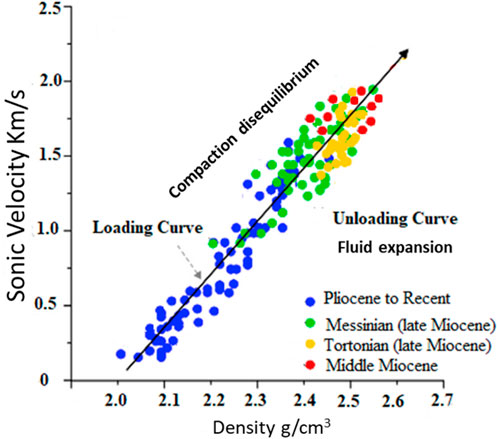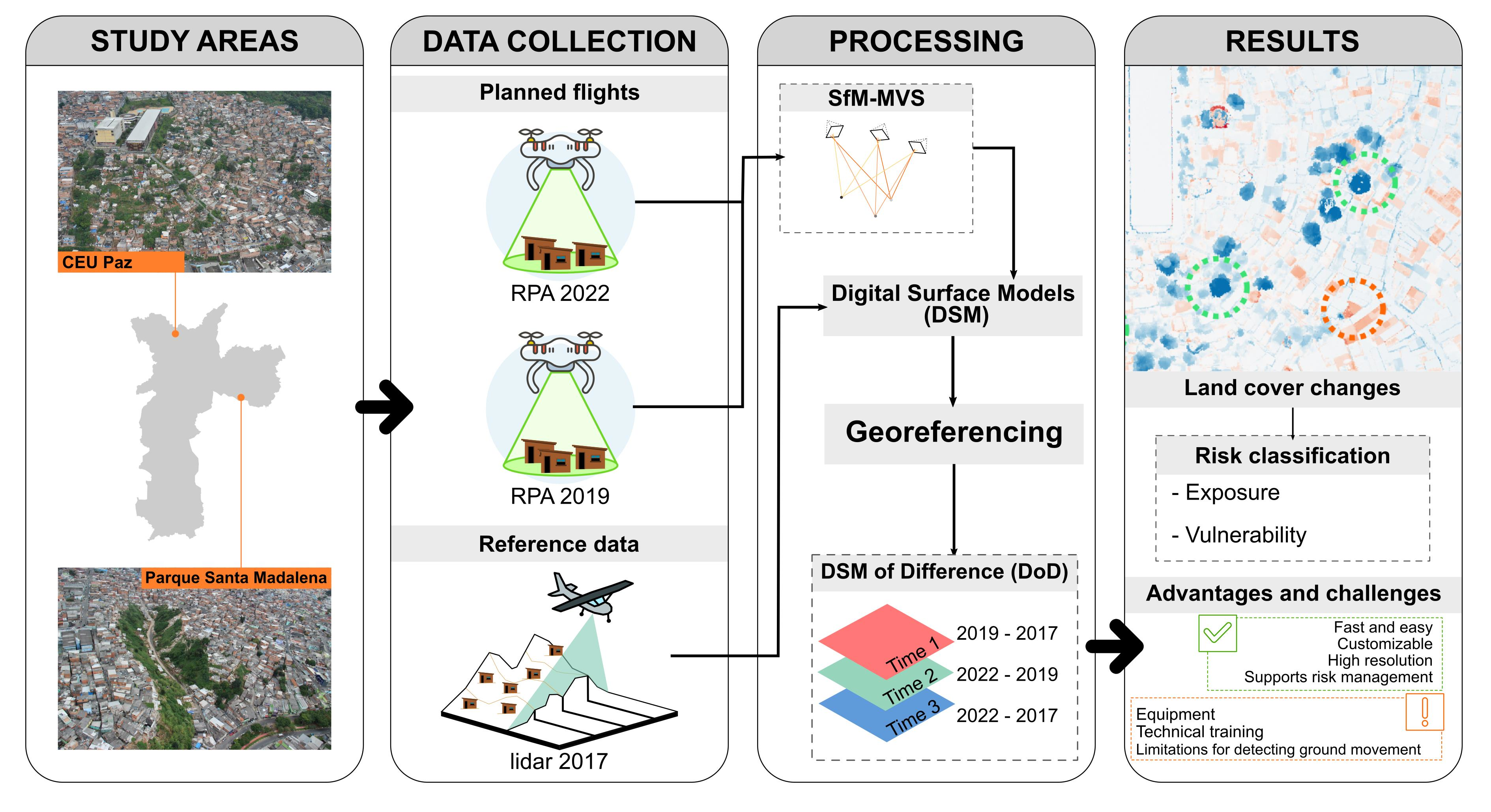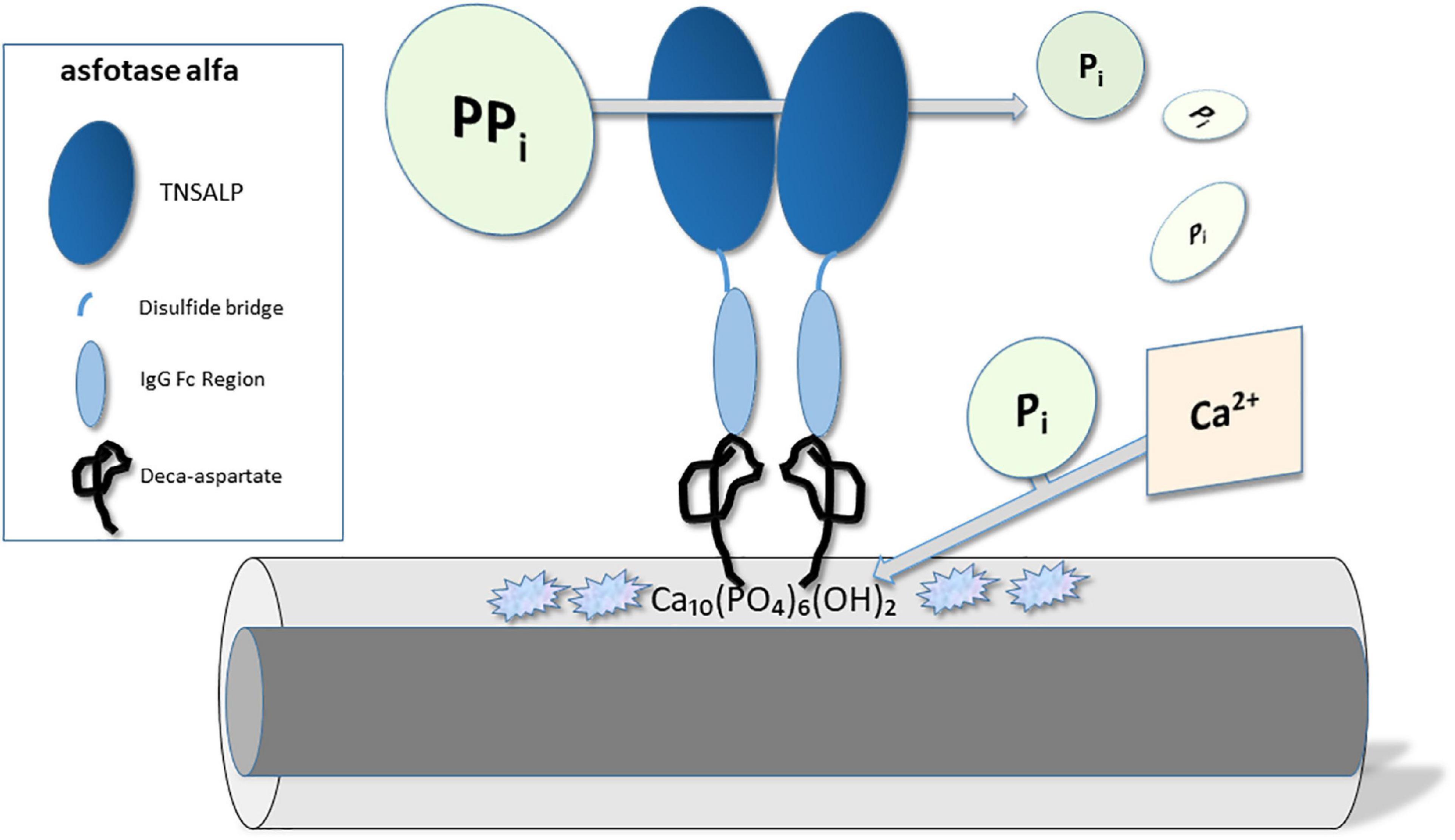Extension of the water distribution network in subnormal regions
Por um escritor misterioso
Descrição
Due to the enormous socioeconomic inequality that marks the history of Brazil, the low-income population without government support uses irregular, disordered and precarious alternatives to structure their homes. Irregular land occupations are among the main types of construction in this regard and have raised numerous discussions on issues such as income concentration, land reform and land redistribution for decades. The so-called stilt houses also stand out in areas with rivers and lakes of great extension, with high rates of rainfall and flood. In these places, minimum sewage system is irregular and improvised, with pipelines that are so short that they do not even touch the river, that is, the sewage falls in cascade mixing to the waters. In river flood time, the river level rises and such dirty water invades the stilt houses, when residents start to live daily with raw sewage directly on the floor of their homes, exposed to bad smell and disease-causing agents. This problem also ends up compromising the

Climate hazards in small and medium cities in the Delta and

Colorado Water – Page 3 – Coyote Gulch

Automated sub-zoning of water distribution systems - ScienceDirect

Extension of the water distribution network in subnormal regions

Coastal flooding will disproportionately impact people on river

Frontiers A multi-proxy approach to detect the pore pressure and

PDF) Drinking water quality in water-supply networks

Automated sub-zoning of water distribution systems - ScienceDirect

The water-energy-food nexus: What the Brazilian research has to

Remote Sensing, Free Full-Text

Frontiers Emerging therapies for the treatment of rare pediatric

Zwitterionic Biomaterials
de
por adulto (o preço varia de acordo com o tamanho do grupo)







